How the death of tsarist Russia was mirrored in the death of communism 74 years later
The 20th century has been called the American Century, but its true bookends were arguably Russian, in 1917 and 1991

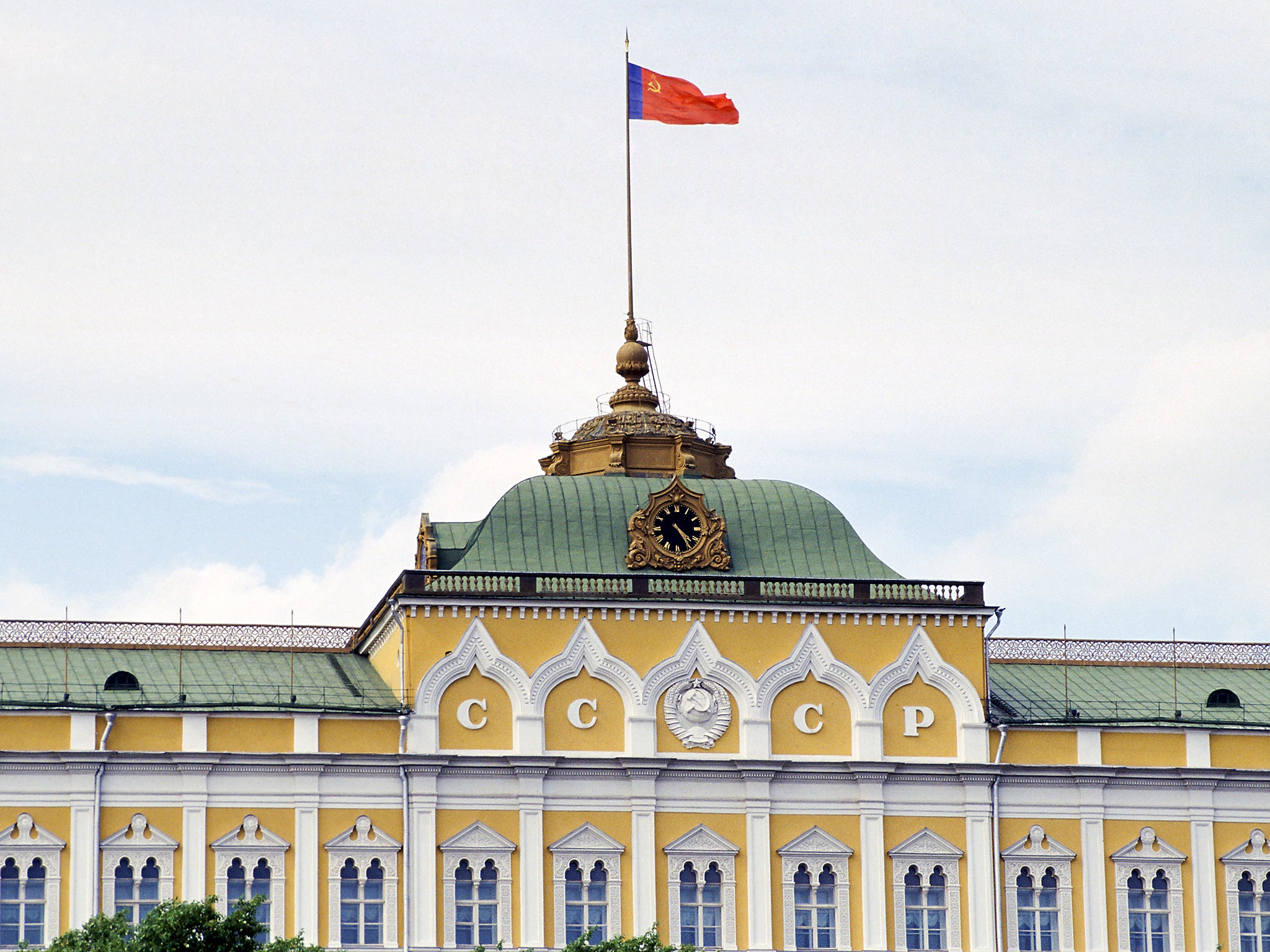
Your support helps us to tell the story
From reproductive rights to climate change to Big Tech, The Independent is on the ground when the story is developing. Whether it's investigating the financials of Elon Musk's pro-Trump PAC or producing our latest documentary, 'The A Word', which shines a light on the American women fighting for reproductive rights, we know how important it is to parse out the facts from the messaging.
At such a critical moment in US history, we need reporters on the ground. Your donation allows us to keep sending journalists to speak to both sides of the story.
The Independent is trusted by Americans across the entire political spectrum. And unlike many other quality news outlets, we choose not to lock Americans out of our reporting and analysis with paywalls. We believe quality journalism should be available to everyone, paid for by those who can afford it.
Your support makes all the difference.Real-life centuries in history don’t obey the neat little double-zero beginnings and ends that mathematics assigns them – and none more so than the 20th.
It’s been called the American Century. But its true bookends were unarguably Russian. It started in March 1917 when Europe’s most autocratic monarchy and the empire it controlled were swept away amid the First World War, to be replaced eight months later by what would become the first fully fledged communist state. It ended on Christmas Day 1991, when that Communist state formally disappeared.
Compared to the drama of its beginning, the denouement was a whimper. I arrived in the Soviet Union as The Independent’s first Moscow correspondent in January 1987. It was an exciting and hopeful time.
The young and charismatic Mikhail Gorbachev had become leader two years before, with the explicit mission of revitalising the country after a succession of geriatric leaders and the “age of stagnation” over which they presided.
Obliged like any new ruler to consolidate his power, Gorbachev had got off to a relatively slow start. But just before I arrived he had sent his strongest signal of intent thus far, permitting the return from internal exile of the dissident physicist Andrei Sakharov. His watchwords were glasnost and perestroika – the one denoting “openness”, above all over the Soviet Union’s bloody and officially distorted history; the second meaning “restructuring”, of the economy and the bureaucratic system that underpinned it.
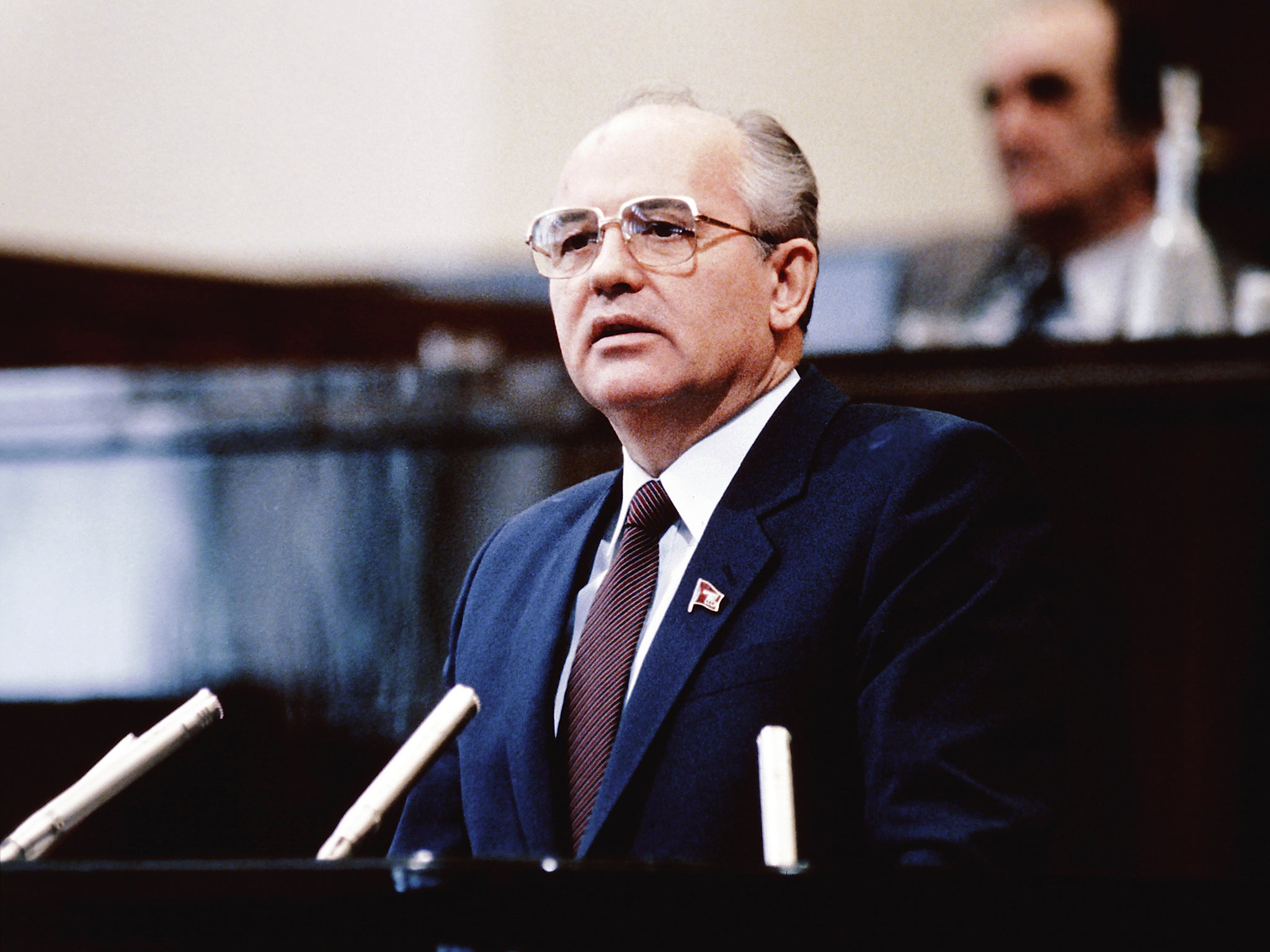
With them came an improvement of relations with the West, to a point ultimately unmatched since the common fight against Germany in the two world wars, and essential if the country was to focus on tackling its domestic problems.
But few in those early days of 1987 could sense the abyss into which Gorbachev’s policies would lead, and how quickly. Any sentient being realised that things had to change. It was not a question of reading Gorbachev’s speeches – simply of registering the evidence of one’s own eyes. How that change would be effected however, no one really understood.
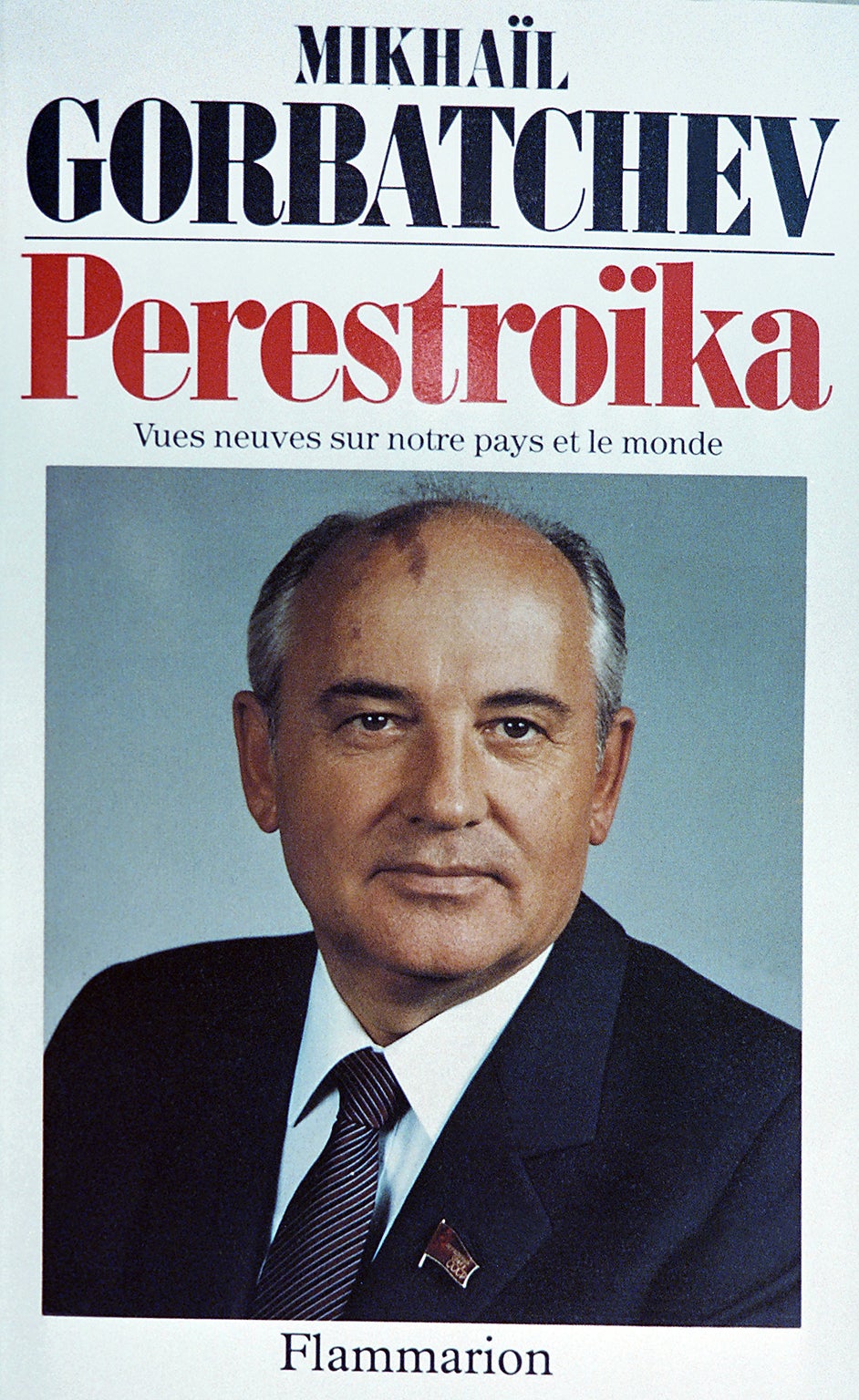
The massively centralised, all-powerful Soviet state had dug itself out of crises before. There seemed no particular reason it could not now do so again. But even for experts, the workings of the command economy are hard to penetrate, especially in a state as secretive as the Soviet Union. As it turned out, they were a mystery to Gorbachev as well.
He permitted a little free market activity on the fringes, but either never got to grips with, or shied away from, the essentials, like relaxing price controls and letting manifestly failing enterprises go under. The “high point” of perestroika, such as it was, in retrospect may have been the spring of 1988, when hope still outpaced reality. Thereafter things deteriorated at an ever accelerating pace, amid a vicious circle of worsening economic shortages, the greater freedom to complain about the system’s failures permitted by glasnost, and growing ethnic tensions across the country, long suppressed but which found new expression under Gorbachev’s more liberal policies.
In the end he simply lost control, his authority diminished by his refusal to submit himself as President to direct popular election. Desperately he tried to navigate between factions, between those who though he had not gone far enough, and a traditional Soviet establishment that believed he had gone much too far already.
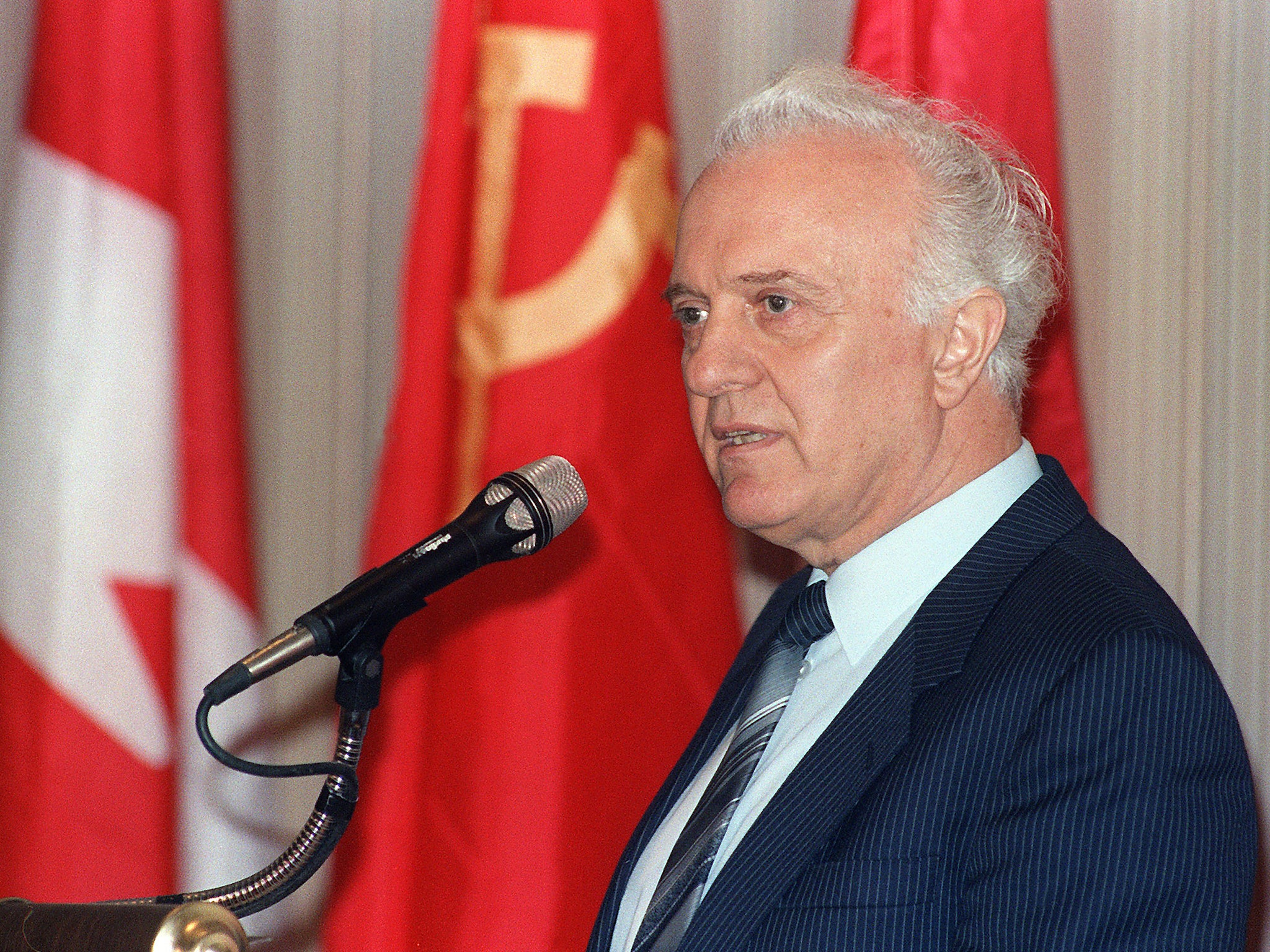
His supreme failing however was not to understand that communism could not reform itself. The tragedy of Gorbachev was that he never intended to get rid of communism, but to adapt it to compete with the far richer and more successful West.
As the crisis deepened, you began to grasp that a huge historical watershed was approaching. But there was no sense of revolution in the air – at least no revolution of the street variety that occurred in 1917, pitting factions and classes against each other. The mood was rather of weary realisation of how rotten the system was. Among a fatalistic and disoriented people, who had known only authoritarian, super-centralised rule through virtually the entirety of their history, the assumption was that old patterns would reassert themselves.
Indeed, as early as December 1990, the foreign minister Eduard Shevardnadze resigned warning of a right-wing coup. In August the following year his prophecy was fulfilled, as a newly formed “State Committee for the emergency situation in the USSR”, consisting of hardliners from the security, military and military-industrial complex, stripped Gorbachev of his powers.
So moribund had a once ruthless system become however that it couldn’t even organise a coup. Within three days the amateurish putsch had collapsed. Gorbachev was nominally reinstated, but the true power in the land was Boris Yeltsin, the (directly elected) President of the Russian Federation, by far the largest and most important of the Soviet Union’s 15 constituent republics.
On Christmas Day, Gorbachev formally resigned, the hammer and sickle red flag at the Kremlin was lowered for the last time, and replaced by the red, white and blue one of the Russian Federation. The Soviet Union, conqueror of Hitler, erstwhile superpower and ideological rival to the West, and perpetrator against its own people of some of history’s ghastliest crimes, had gently given up the ghost.
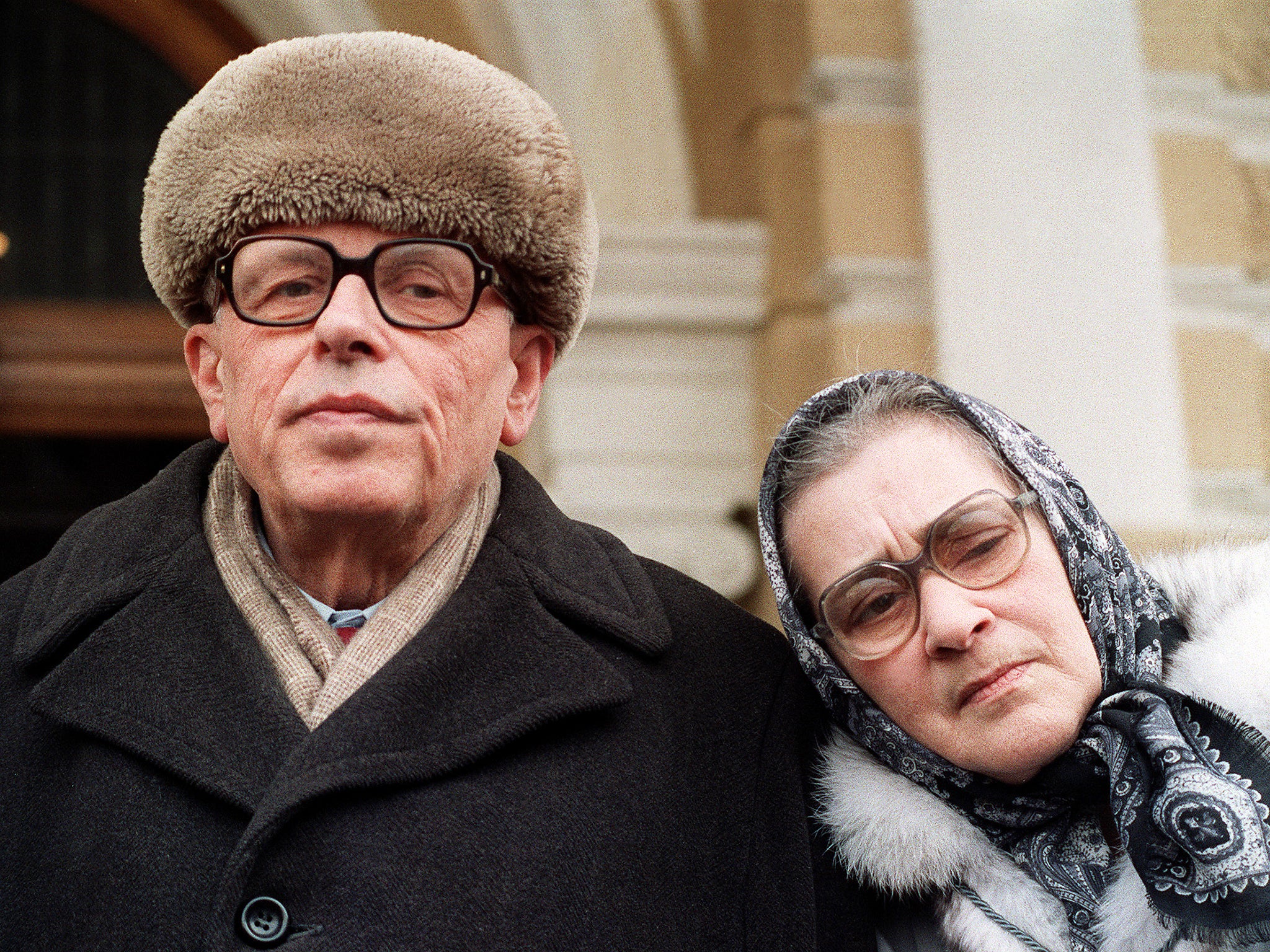
So, if you are lucky, mighty regimes sometimes do end. The was no war to hasten this one’s demise, no bloodbath on the streets. Wars came later, mostly in the Caucasus, between historically hostile Republics, now independent states, like Armenia and Azerbaijan, and parts of the Russian Federation, like Chechnya, that sought their independence. Russia meanwhile, under Vladimir Putin, widely dubbed the “New Tsar”, is back to its familiar autocratic ways. Gorbachev and Yeltsin appear ever more short-lived historial aberrations.
And there at least a parallel exists between 1917 and 1991. It’s easy to forget the former featured not one but two revolutions: the first bringing about the abdication of Tsar Nicholas II and the end of the Romanov dynasty. Imperial Russia died as quietly as did Soviet Russia three-quarters of a century later, but as 1917 dawned, every foreigner in Petrograd knew that massive upheaval was on the way.
Tsarism was succeeded by the Provisional Government, which in three iterations lasted from 12 March (new calendar) until 7 November 1917. In a sense, it was perhaps the most democratic regime in all Russian history, guaranteeing freedom of religion, speech and the press, and the right to form unions, as well as the equality of every citizen before the law. But like Gorbachev and Yeltsin, it was an aberration.
True, there are at last two crucial circumstantial differences between the gentle expiry of the Soviet state and the convulsions of 1917. Gorbachev’s dying state was at least at peace. The collapse of the monarchy, and later of the Provisional Government, were largely brought about by the First World War, and the terrible human toll it took of Russia, magnified by the manifest incompetence of Nicholas and his generals. By prosecuting the war, with similar lack of success, the Provisional Government helped ensure its own demise.
Second, and related, the government from the outset faced a rival down the road, the Petrograd Soviet, increasingly dominated by Lenin and the Bolsheviks after his return on the famous sealed train to Finland in April. Russia’s battered – the poor, the ordinary soldier – naturally gravitated to the Soviet. After the Bolsheviks had taken control of the Petrograd Soviet and the Moscow soviet soon afterwards, Lenin finally gave the order. On 7 November (new style) the Provisional Government folded, offering as little resistance as had the monarchy eight months earlier.
Common lessons from these bookends of the 20th century are harder to discern. When I was in Moscow, the epic events in Petrograd – by then more than ever the communists’ official inspiration and legend – might have occurred in another millennium, on another planet. Oddly though, what happened under Gorbachev in hindsight seems more inevitable than the revolution of 1917. But for the Great War and the dreadful price paid by Russia, who can say with certainty whether tsarist Russia might not have modernised and survived?
For Soviet Russia however there was no escape. It never gave the slightest sign it could “do a China”, retaining the façade and power structures of communism while embracing capitalism in all but name. If nothing else, Gorbachev showed that, by the late 1980s, the system could not modernise, short of destroying itself entirely. For that, we must be grateful.
Join our commenting forum
Join thought-provoking conversations, follow other Independent readers and see their replies
Comments